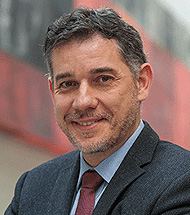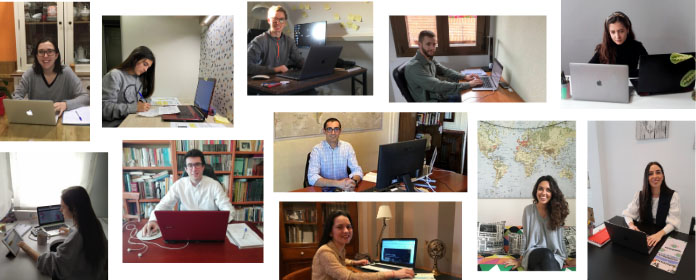A study of COVID-19 hoaxes confirms that social networks are their main dissemination environment above the journalistic media.
Researchers from the University and the Barcelona Supercomputing Center have analyzed the 292 pandemic hoaxes identified during the first month of the state of alarm by the three accredited verification platforms in Spain.

Social networks are confirmed as the main environment for the dissemination of hoaxes, far ahead of the media and other interpersonal communication channels such as SMS or email. This is one of the conclusions reached by a group group of researchers from the University of Navarra and the Barcelona Supercomputing Center, funded by the BBVA Foundation, who have analyzed the health hoaxes spread during the first month of the state of alarm in Spain.
The results have been published in the scientific journal El profesional de la información, and are part of the study Dinámicas de difusión en redes sociales de noticias falsas sobre salud (RRSSalud). Its main researcher is Ramón Salaverría, Associate Dean of the School of Communication at the University of Navarra, who coordinates a team of eight researchers from the aforementioned university and the National Supercomputing Center of Barcelona specialized, respectively, in social communication at network, in the dissemination of science, including public health, and in the study partner-statistics using big data. Their goal is to understand the mechanisms of dissemination of fake health news in Spain, in order to develop and disseminate guidelines to counteract this phenomenon.
Its first study presents a content analysis of the 292 COVID-19 pandemic-related hoaxes identified by the three accredited verification platforms in Spain, during the first month of the state of alarm, between March 14 and April 13. The research sample that hoaxes about the coronavirus are being disseminated mainly on messaging platforms or closed social networks, especially WhatsApp. It also detects the most frequent formal and content particularities of the falsified content. For example, the results reveal that the pandemic, in addition to generating a large issue of hoaxes about health and science, almost a third of the sample, is also conducive to the dissemination of numerous false contents of topic political and governmental.
Among the results, it stands out the fact that scientific and health hoaxes topic often come from other countries, from where they jump to Spain. On the other hand, political hoaxes that use the pandemic as a thematic framework come mostly from Spain. The study also reveals that impersonation is a common mechanism in hoaxes: they try to deceive citizens by means of resource to make them believe that they are content disseminated by people or institutions worthy of credit . The research has also detected an important issue of hoaxes that have economic fraud as their goal .
Beyond its empirical results, the study makes theoretical contributions to the framework of the emerging programs of study on information disorders. Specifically, it provides its own definition of hoax: "any content that is intentionally false and true in appearance, conceived with the aim of misleading the public, and publicly disseminated by any platform or social media". It also establishes a typology in which four types of hoaxes are identified: hoax, exaggeration, decontextualization and deception. Based on these four types, the researchers propose a 'hoax severity diagram', which indicates that hoaxes are more serious the higher the level of falsehood and willfulness in their dissemination.




